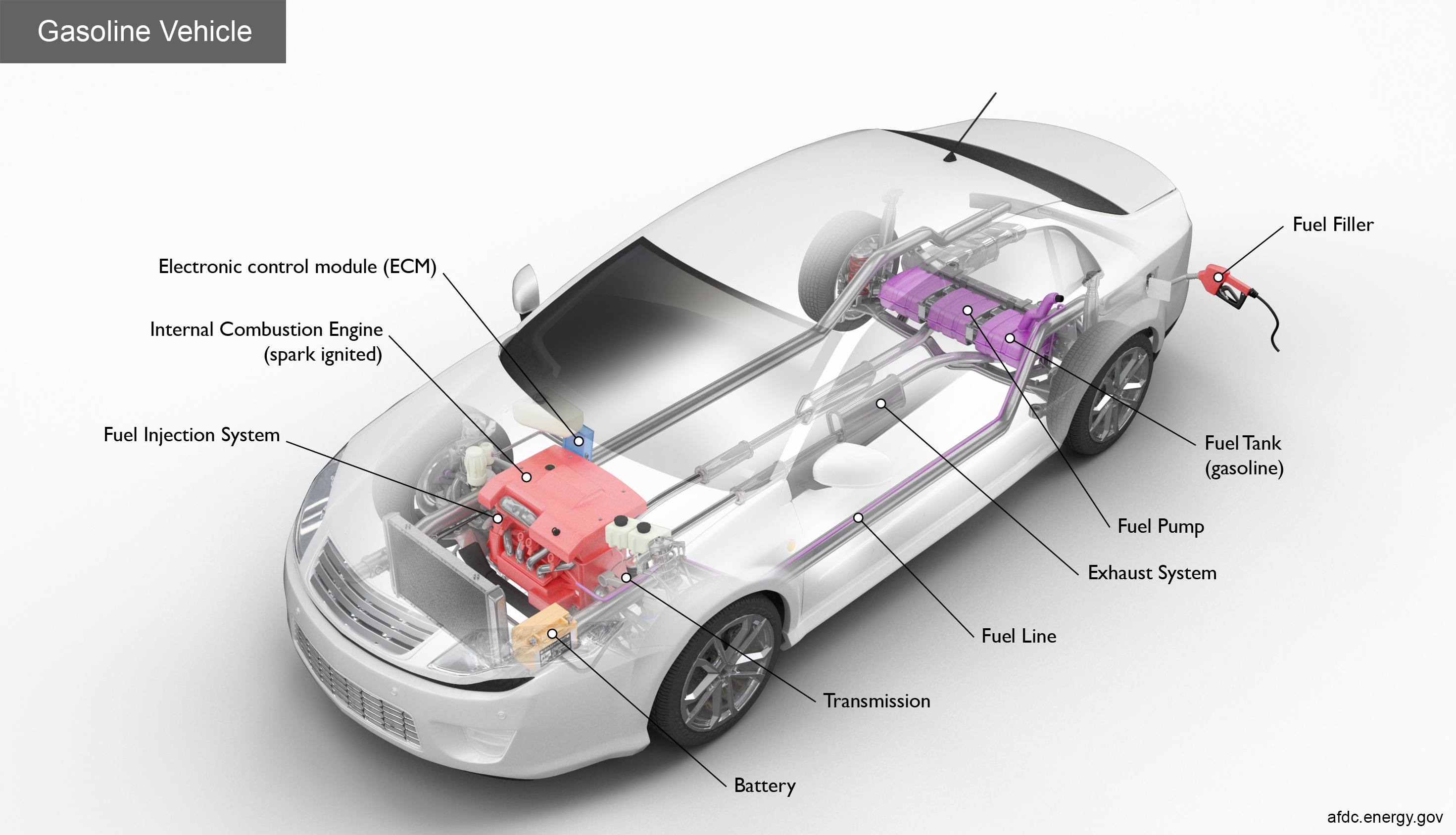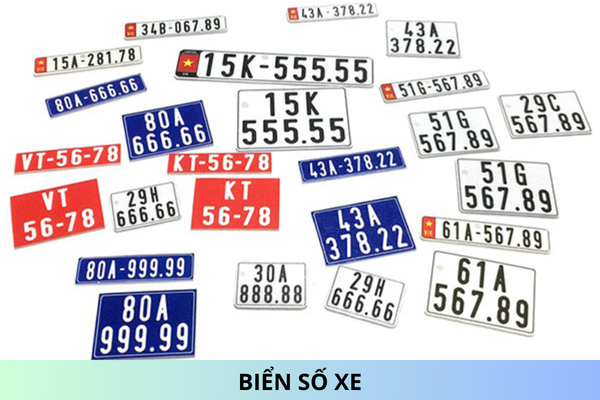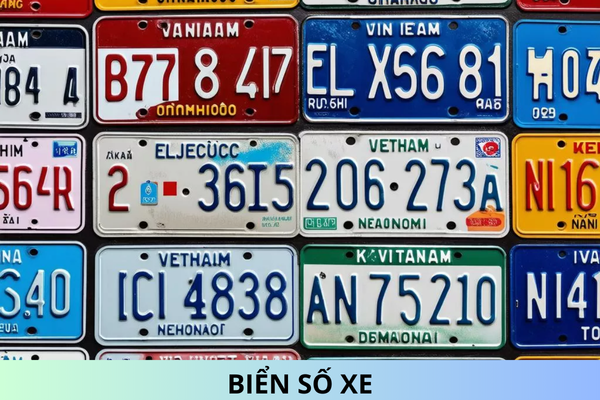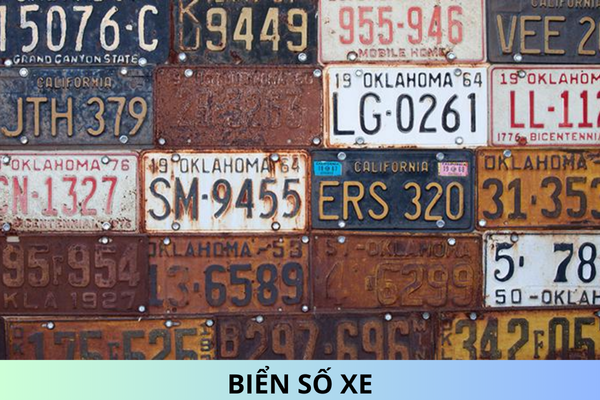What are requirements for fuel tanks in motor vehicles according to the law in Vietnam?
I am currently studying automotive engineering and I need some regulations related to fuel tanks in different types of vehicles. What are requirements for fuel tanks in motor vehicles according to the law in Vietnam? Thank you!

What are requirements for fuel tanks in motor vehicles according to the law in Vietnam? - image from internet
Based on Subsection 2.1, Section 2 of the National Technical Regulation QCVN 52:2019/BGTVT issued with Circular 26/2019/TT-BGTVT, the requirements for fuel tanks in motor vehicles according to the law in Vietnam include:
2.1.1 Fuel tanks can be made of fire-resistant metal or plastic materials. Fuel tanks made of fire-resistant metal must meet the requirements from section 2.1.2 to 2.1.5 of this Standard, and fuel tanks made of plastic materials must meet the requirements from section 2.1.2 to 2.1.8 of this Standard.
2.1.2 Fuel tanks must be constructed to resist fuel corrosion.
2.1.3 Any excess pressure or pressure exceeding the working pressure must be self-balanced by appropriate devices (vent holes, safety valves, etc.).
2.1.4 Leakage resistance with liquid
After being fitted with accessories that are commonly attached to them, fuel tanks must not break or leak according to Appendix A.1 testing of this Standard. However, the tank may be permanently deformed.
Plastic fuel tanks are considered compliant with this requirement if they meet the regulations under section 2.1.7 of this Standard.
2.1.5 Leakage resistance when overturned
Fuel must not escape through the tank cap or through devices installed to balance excess pressure. After testing according to Appendix A.2 of this Standard, fuel must not leak more than 30 g/min.
- The fuel tank cap must be connected to the filling pipe. This requirement is considered fulfilled if there is a backup cap to prevent excess fuel vapor or spillage due to the loss of the fuel tank cap. This can be achieved by using one of the following methods:
+ An automatic and non-removable fuel tank cap.
+ A design that prevents excess fuel vapor or spillage due to the loss of the fuel tank cap.
+ Any other equivalent backup fuel tank cap. For example, it may include, but is not limited to, a fixed cap secured with a wire, chain, or key that locks the tank cap and starts the vehicle (in this case, the key can only be removed from the cap when it is locked). However, for vehicles not classified as small passenger cars and light commercial vehicles with a total weight not exceeding 3.5 tons, using a wire or chain to secure the fuel tank cap is not sufficient.
The sealing gasket between the fuel tank cap and the fuel inlet pipe must be securely held in place. The cap must be firmly attached to the fuel inlet neck when closed.
2.1.6 Crash durability
After testing according to Appendix B.1 of this Standard, the fuel tank must not leak.
2.1.7 Mechanical strength
After testing according to Appendix B.2 of this Standard, the fuel tank and its accessories must not break or leak. However, they may be permanently deformed.
2.1.8 Labeling on the fuel tank
The fuel tank must have the trade name or identification mark of the manufacturer. The trade name or identification mark of the manufacturer must be clear, readable, and resistant to erasure.
Best regards!










